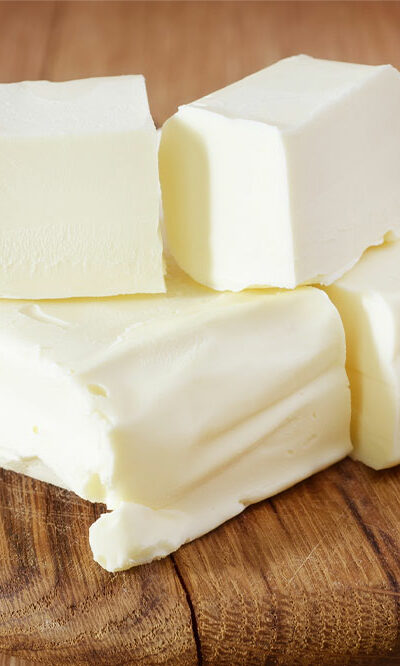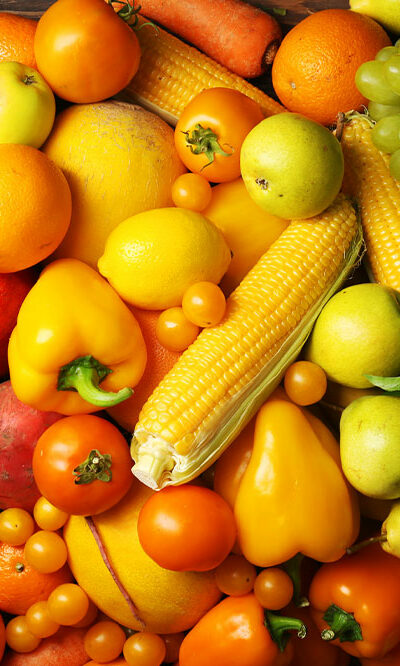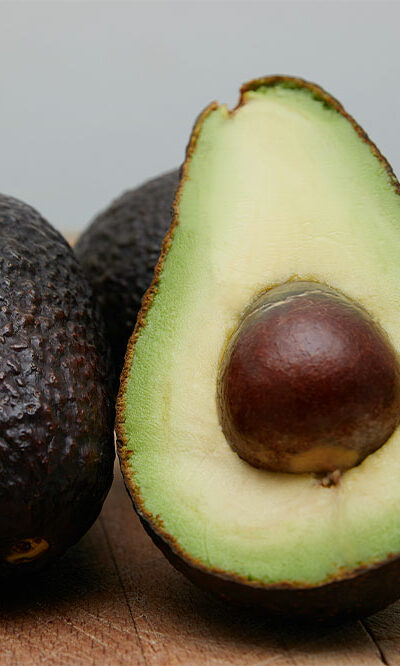
7 Medical Conditions That Can Trigger Hair Loss
It is normal to lose fifty to one hundred hairs per day. This suggests that new hair is replacing the existing hair as the hair goes through its natural growth cycle. Alopecia, which is another name for hair loss, however, denotes a more serious health condition where a person loses more than a hundred strands every day. Here are several underlying diseases that may be the cause of the hair loss. What are the indications of severe hair loss? Hair loss caused by illnesses can appear in different ways. For some, the signs may appear suddenly, and for others, they may only be visible over a period. Some general signs include: Bald patches on the scalp Broken hair Redness or swelling on the scalp Sudden thinning of hair Loss of hair in the beard, eyebrows, or elsewhere in the body Which diseases trigger hair loss? Here are some health conditions that may trigger hair loss in some people: Lupus Lupus is an autoimmune condition in which one’s immune system cannot differentiate between the body’s healthy cells and the foreign bodies and begins attacking them. Hair loss is one of the most common signs of lupus and occurs when the inflammation affects the scalp. According to Novel Insights from Clinical Practice, it may either cause hair to fall out in bunches or cause gradual hair thinning at the front of the scalp, known as ‘lupus hair’ or non-scarring alopecia. When accompanied by thick red sores, lupus results in scarring alopecia. At times, treatments that control lupus symptoms also result in hair loss. The best way to manage lupus-induced hair loss is to prevent frequent flare-ups. This can be done by: Avoiding going out in the sun Eating healthy meals and exercising Managing stress Getting sufficient amount of rest Hormonal problems According to the International Journal of Molecular Sciences, there is a close connection between various hormones and the hair cycle.










